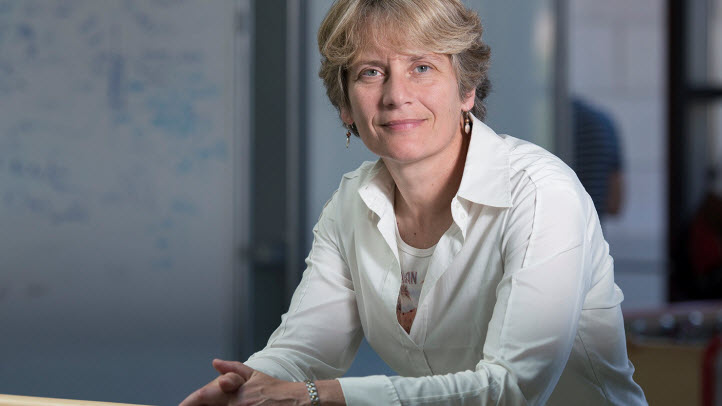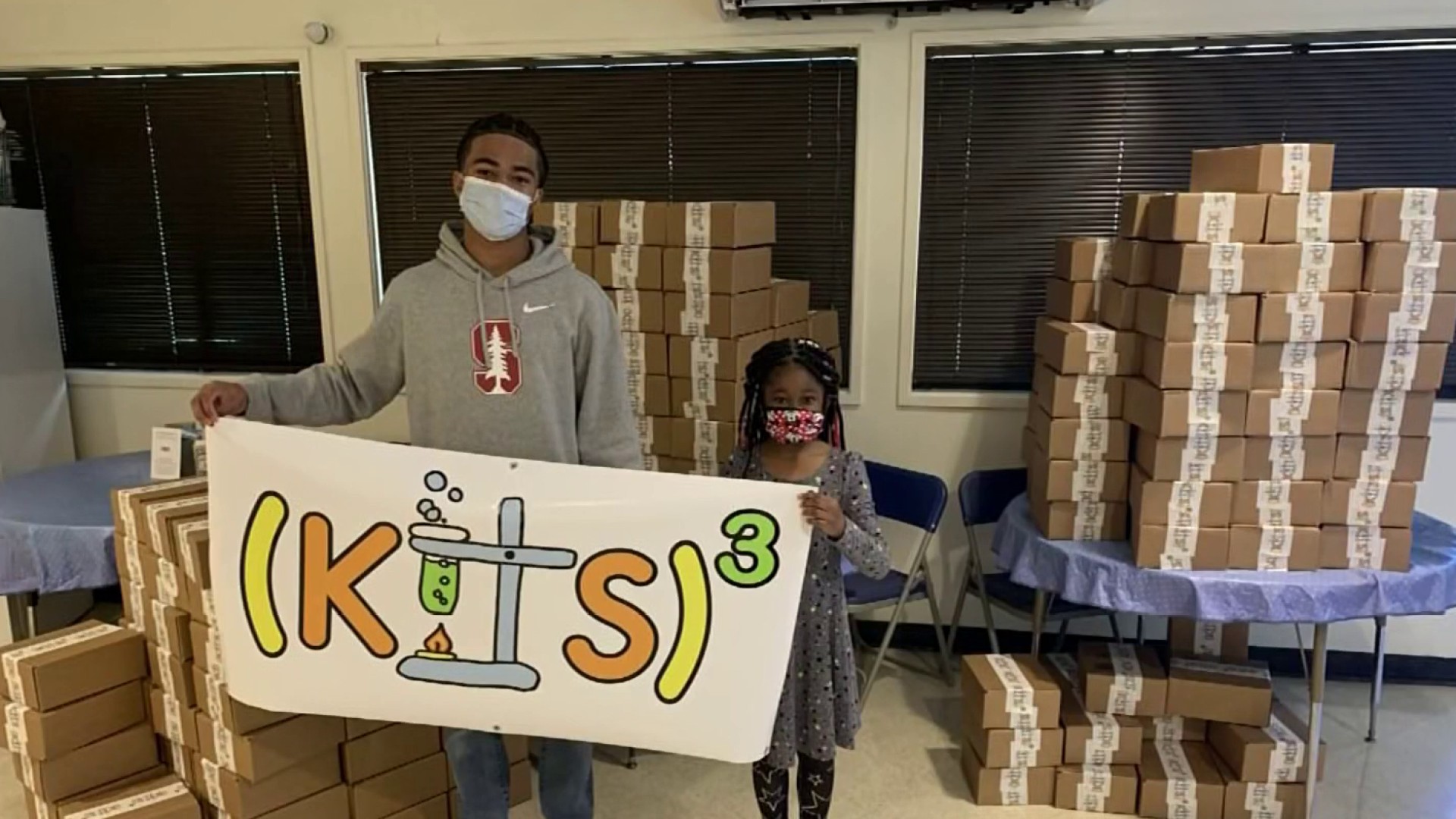Two longtime friends are putting their heads together to make a difference.
Lawrence Berkeley National Laboratory Diversity Leader Kevin Nichols loves the Bay Area. That’s why he is investing in it and he’s doing that by reaching out to Black and Brown students and introducing them to science.
“Someone from Berkeley Lab just won a Nobel Peace Prize in physic," he said. "If we don’t get African Americans in particularly interested in chemistry and physics, math and science, no one is going to really pursue the next item, the next scientific discovery because there’s no incentive to,” he said.
10 years ago, Nichols didn’t know his high school friend had the same thoughts, but he soon found that out.
Back in 2012, Stanford Graduate School of Education professor and former science teacher, Dr. Bryan Brown, was awarded a grant from the National Science Foundation (NSF) to teach students from Historically Black Colleges and Universities culturally relevant STEM curriculum that he developed for middle school aged students.
As a biproduct of this research, these students would lead a week-long day camp at Stanford that he coined, “Science in the City."
“We want our young people to see themselves as future physicians, biologist, chemist, engineers. The only way to do that is to give them experiences early on,” Brown said.
Brown needed middle school students to participate in the camp and that’s where he tapped his high school friend, Nichols to help attract students to participate in the program.
“I have a pretty decent network. So, when I put it out there we got a lot of students to participate,” Nichols said.
329 medal events. 32 sports. Endless drama. Catch all the action at the Paris Olympics. Sign up for our free Olympics Headlines newsletter.
“I find that young people love science. They just don’t know it yet," Brown said. "Part of the joke is that if you leave a kid with us for a week, we’re going to send you home with a scientist."
Brown and Nichols secured a grant to run "Science in the City" for two years. The grant money ran out in the third year.
“There aren’t a lot of companies that really want to invest in chemistry and physics and traditional engineering. So we have to reshape the way we look at the future of work,” Nichols said.
Eventually, Nichols was able to secure funding from Google, allowing the "Social Engineering Project" to continue. The emphasis is on getting Black and Brown students, who would normally not get exposed to science interested.
The project sponsors camps at Stanford and other locations. More money is needed for it to continue.
“In order for us to be able to thrive here in the Bay Area, we need help. We need partnerships with tech companies, we need county and state organizations to support us,” Nichols said.
That financial support will help expose young people like Troy Coleman to careers they never dreamed of.
“This year, when I went to "Science in the City," it was extremely fun. I had so many friends there. I’d love to continue going to that camp,” Troy Coleman said.
So far, the project has opened the minds of a couple thousand underrepresented students of color. The goal is to reach thousands more.



